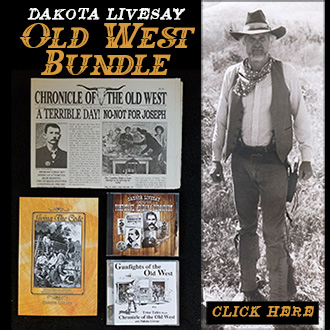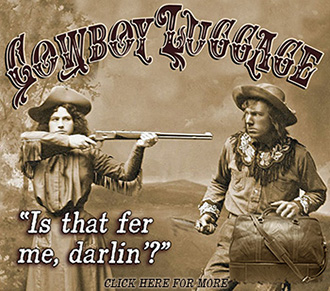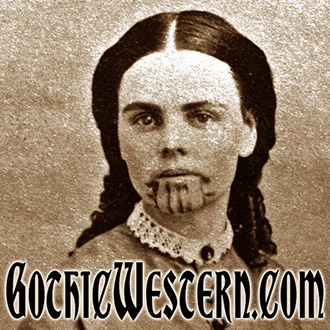Medicine Lodge Treaty

As the western part of the United States was being settled the Great Plains, known as the Great American Desert, was considered unsuitable for settlement. So, it was decided to make it one big reservation for all the Indian tribes to occupy. So came the Medicine Lodge Treaty.
But, by 1865 farmers had found a way to raise crops in this “desert.” And, railroads and telegraph lines were crossing the area, presenting tempting targets for the Indians. Something had to be done. Prior to this, under the direction of the government, various churches had tried to civilize the Indian by making him a farmer. These were met with mixed success. But, the government still felt that it was easier to civilize than to kill.
It was decided to abandon the idea of a giant continuous reservation, for one that had clear boundaries in Western Oklahoma. So, on October 21, 1867 a federal peace commission met with representatives from the Comanche, Kiowa, Cheyenne, Arapahoe and other tribes at Medicine Lodge in Kansas to sign a treaty.
The government would provide rations, clothing, housing and schools. In exchange, the Indian would become a farmer, stay on the reservation, and stop attacking whites. The object was to get the Indian to give up his traditional ways, and become civilized.
As with other treaties, the Medicine Lodge Treaty was a failure: The treaty was so complicated that most of the chiefs who signed it didn’t realize its implications. The chiefs who signed the treaty didn’t represent all the Indians. And, although Congress set up the terms of the treaty, they wouldn’t appropriate the rations, clothing and housing spelled out in the treaty. So, the Indian wars continued.




